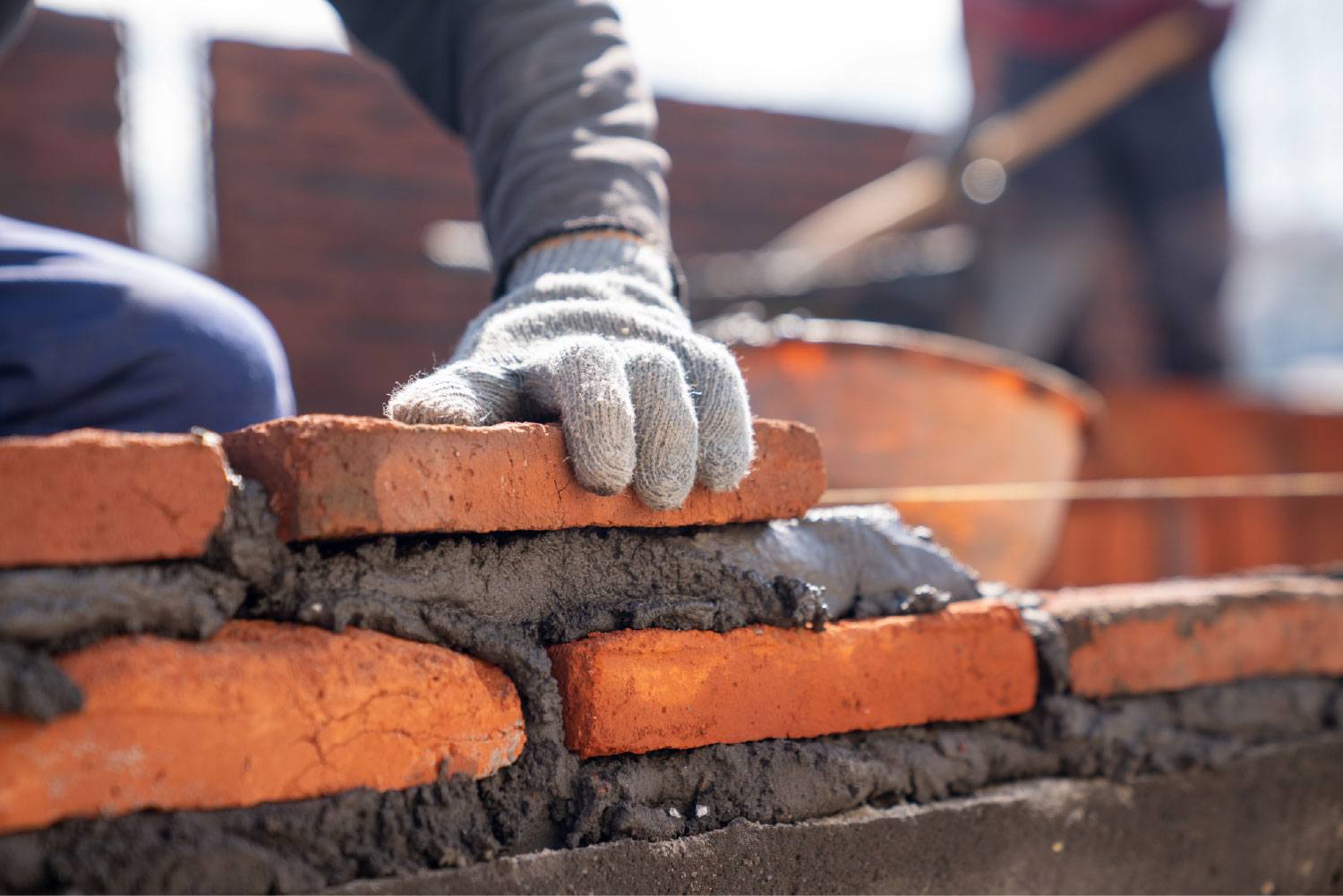Last week, we explored an introduction to the preconstruction phase, which is largely the terrain of GCs, owners and architects. This week, we’re honing in on the aspects of preconstruction that subs should be aware of. Preconstruction presents a unique opportunity for subs to make an impression on GC’s: the prequalification phase. We’ll take a look at what this phase looks like, and how subs can navigate it.
Table of Contents
Subcontractor Responsibilities in the Bidding Stage
Perform Construction Takeoffs
A construction takeoff is a breakdown of the components required to finish a construction project. When you decide to bid on a job, you can access the plans and perform a take-off to determine the quantities of materials required. They can be done manually or with software using blueprints. Digital takeoffs are ideal because they provide greater accuracy, speed, and cost savings.
Create Reasonable Estimates
When calculating estimates, you consider the costs of materials, labor, rentals, equipment, and overall overhead expenses. An estimating software streamlines the process and reduces the possibility of errors.
Generate a Professional Proposal
Once you’ve finished the necessary computations, it’s time to create a professional proposal that reflects the best of your brand. Include your logo and standard terms and conditions in this proposal.
The Importance of Subcontractor Prequalification
The prequalification process in the bidding stage is designed to help owners and general contractors determine your competence as a subcontractor. Hiring the right subcontractors or specialty contractors is critical to the completion and profitability of a project.
As a subcontractor, the prequalification process allows you to show the GCs your competence and experience. They will provide you with either a digital or paper questionnaire to complete. These questionnaires vary depending on what a GC looks for, but they may include:
- Your business information
- Previous sales and backlogs
- Relevant past projects
- Trade affiliations, licenses and location
- Third-party procurement systems
- Financial standing
- Safety information
- References such as owners or other contractors
Prequalification helps the GC in improving safety performance and potentially increasing cultural alignment. It helps them know not just about the lowest-priced proposals but understand whether you, as a subcontractor, are a good fit for the project.
Prequalification can also be a part of the risk mitigation plan. By showing the GC and the owner that you can ensure safety, good work quality, and increase the possibility of a successful project, you help them reduce the risks of construction work.
How to Wow the GC During Prequalification
As with any other job application, you’ll want to stand out from the crowd and make the general contractor remember you. To achieve this, ensure efficient takeoffs, generate accurate estimates, and present a professional-looking proposal. Moreover, highlight your company’s strengths as a subcontractor. It will also be beneficial if you’ve worked with general contractors who have similar views on risk management and tolerance.
You can show GCs why you’re fit for the project by:
1. Disclosing your company size
Some projects are ideal for smaller businesses, while others are better suited for larger ones. You can show the general contractor that your company’s size can match the project’s scale and speed and that no party will be overburdened.
2. Informing them of your available equipment
Showing the GCs that you’re well-equipped to handle the job can give the general contractor a sense of assurance or security. While renting equipment is an option, having your own could be a significant advantage.
3. Highlighting your years of experience
Because you are being hired for your specialized knowledge, highlighting your experiences that match the project profile can give your company a boost. Provide your portfolio or any certifications for added credentials.
4. Show your professional portfolio
Your portfolio is your proof of experience alongside references. You can show the matching styles of the previous projects (if any) to the proposed project to show them that you’re fit for the job.
You do not have to wait for a project to undergo a prequalification process if you do not want to. As a subcontractor, you can request to be prequalified for general contractors in your area. This way, you’ll be on their contact list when the right job comes along.
The preconstruction phase can take a long time to complete before moving on to the actual construction, but your work as a subcontractor begins here. You can contribute to the project during the bidding stage and show your potential by proactively applying and introducing your company on various platforms. This involvement will highlight your competence and skills.
Understanding the entire process allows you to fully grasp what the desired project is about and potentially have a better understanding of what other stakeholders have in mind. This can help you increase your chances of getting the job and performing quality and aligned work.








